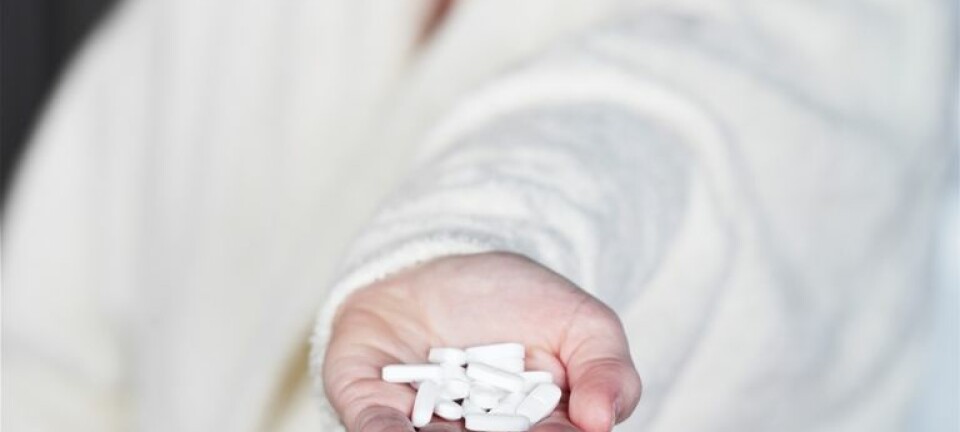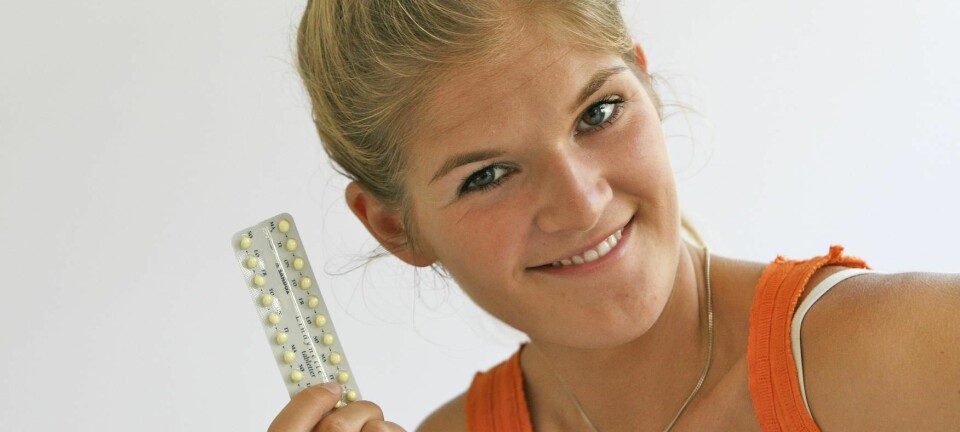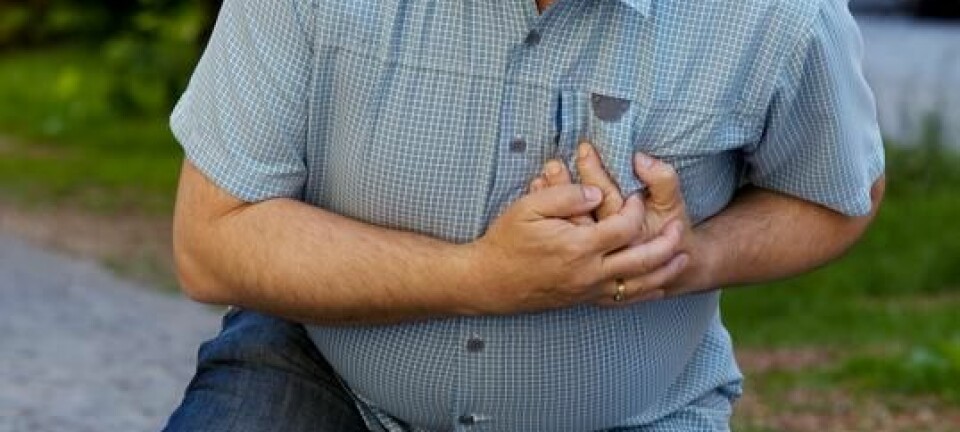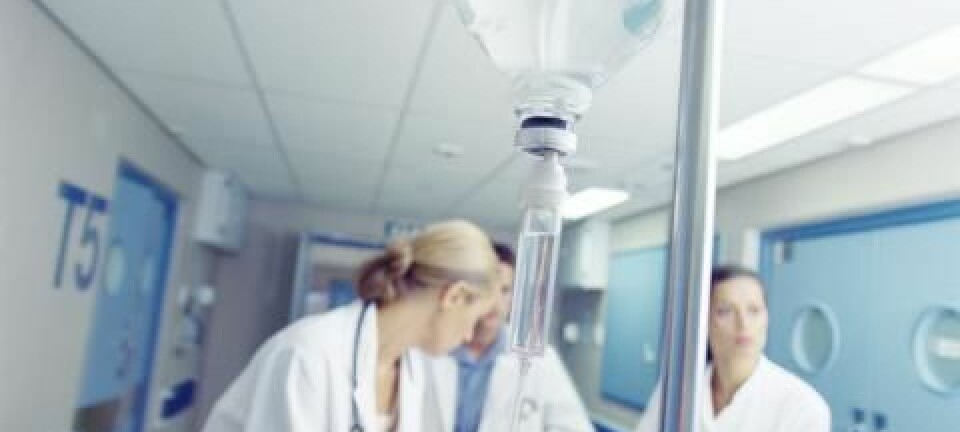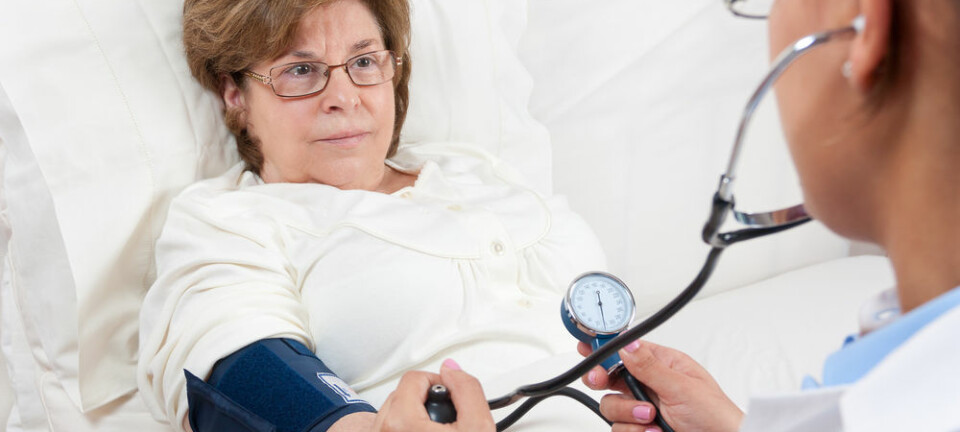
Scientists uncover how our body fights off blood clots
Our body has its own system to combat blood clots and a team of Danish scientists have found out how it works.
Danish scientists have figured out how our body eliminates potentially lethal blood clots entirely on its own. The discovery could lead to better artificial blood vessel designs and better treatment of blood clots.
The scientists discovered that when blood vessels begin to clot, small cells in the vessels register the threat and begin to divide and rearrange themselves in patterns which widen the vessels and loosen up the clot.
“It will be interesting to exploit this mechanism in the treatment of blood clots or when people have been given artificial blood vessels," says associate professor Lene Broeng Oddershede, Niels Bohr Institute, University of Copenhagen, who is one of the scientists behind the new study recently published in Nature Communications.
Clots trigger natural alarm system
Blood clot is the generic term for coagulation of blood anywhere in the circulatory system.
One cause could be clotted blood that has loosened and joined the bloodstream. If the blood clot ends up in narrow blood vessels it might get stuck and reduce blood flow or stop it altogether.
When the cells in the blood vessels (endothelial cells) register that blood flow has weakened or stopped, they trigger a rescue mission to ensure that blood starts flowing again:
First, cells in the vicinity of the blood clot begin to divide – and, according to the results of the new work by Oddershede's research group, this causes surrounding tissue to stretch.
When the surrounding cells in the blood vessel register the physical stretching they start to rearrange themselves in a fixed pattern around each other.
This rearrangement, says Oddershede, most likely leads to every subsequent cell division increasing the width of the blood vessel rather than the length.
The widened blood vessel then makes it easier for the blood to flow past the blockage.
"The interesting thing is that the signal, which the surrounding cells react to, isn’t chemical or biological, but physical,” says Oddershede. “This response is always present in the body and is perhaps constantly taking care of small blood clots before they become a problem.”
May improve our understanding of diseases
With the new knowledge of the body’s system to fight blood clots, it might also be possible to improve our understanding of other diseases, says Dr. Janine Erler of the Biotech Research & Innovation Centre (BRIC), University of Copenhagen.
"The most interesting thing is that the scientists have found out how physical stretching can explain cell communication that results in tissue lying in a specific pattern across large distances,” she says.
According to her, this knowledge might have huge implications for our understanding of what things should look like when the body is in balance and how things behave in the event of disease.
Mechanism absent in artificial blood vessels
Oddershede says the study can also help people who’ve had some of their blood vessels replaced with artificial ones. The problem with the artificial vessels is that they don’t possess the ability to fight blood clots.
"We should perhaps think about how we make artificial vessels do so too in order for them to be a decent replacement," she says.
Apart from this, Oddershede sees various other potential uses for this new knowledge in future blood-regulating medicines.
"We actually already have pretty good medicine for the treatment of high blood pressure and other ailments that cause blood clotting, but it would be an advantage to take a look at how the medicine functions in relation to the system we have described,” she says.
-------------------
Read the original story in Danish on Videnskab.dk
Translated by: Hugh Matthews
